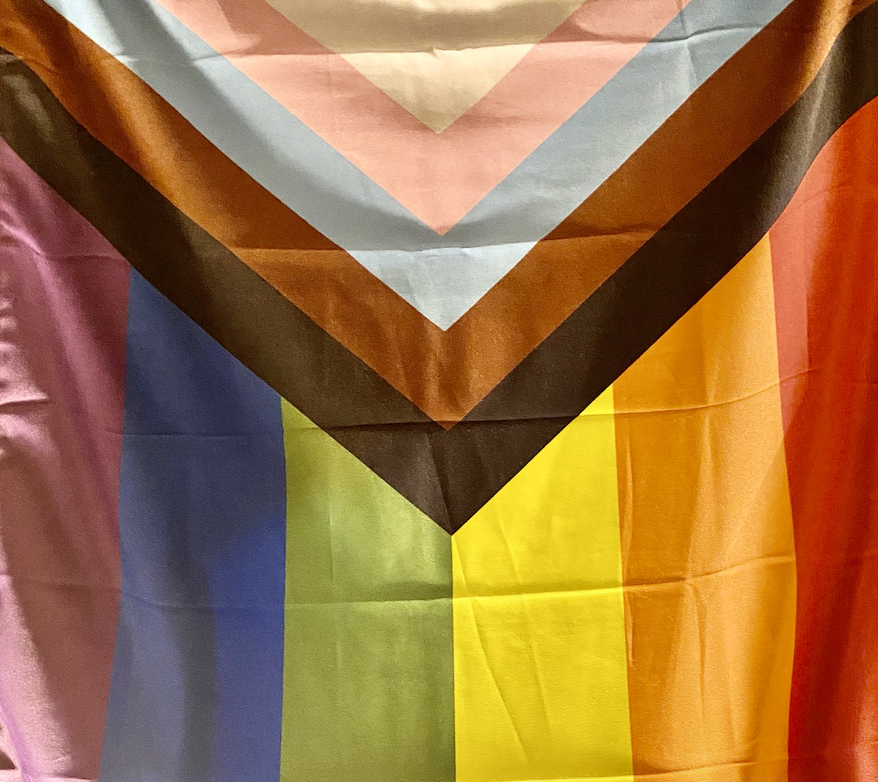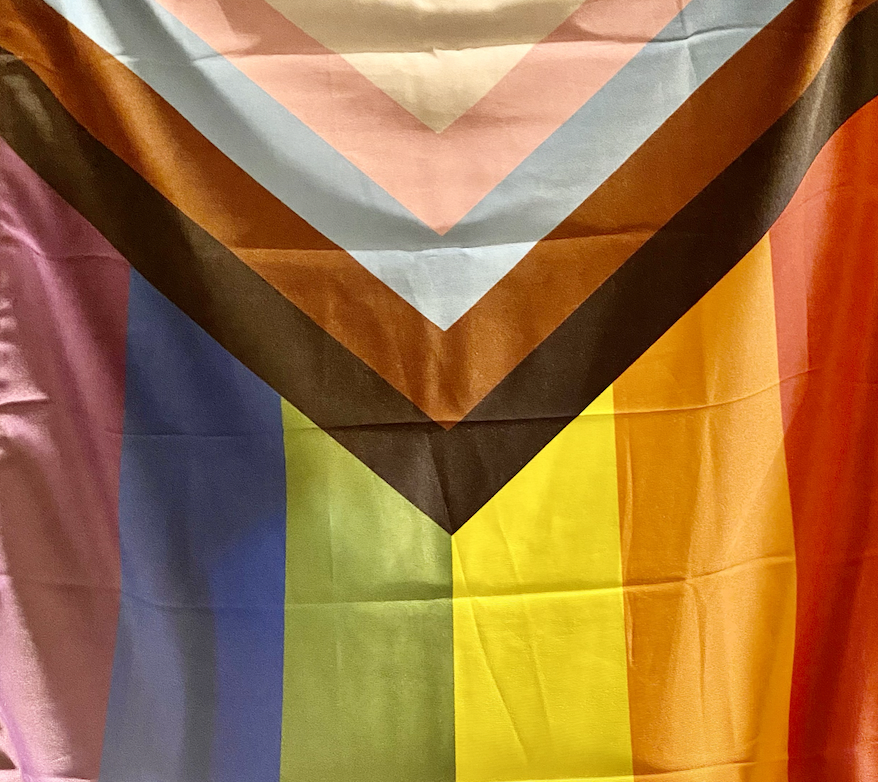
While hate crimes against the LGBTQ+ community is on the rise, film and television continue to kill off queer characters, creating representation that some Iowa State students consider unsurprising and hinting at homophobia.
“I’m so used to the death of queer characters that it never suprises me when it does happen, and I’m honestly tired of watching the same tragic end to queer stories over and over again,” said Dorothy Vernon, a senior majoring in apparel, merchandising and design.
“Bury your gays” is a trope found across media that results in LGBTQ+ characters being more likely to die than their heterosexual counterparts. If they are not killed, these characters are often forced to face suffering, being buried beneath queer subtext or queer coded-villainization, according to an article by Screen Rant.
“For how few queer characters exist in scripted television content, there’s an outsized proportion of deaths that are queer folks,” said Cassandra Collier, a professor in the women’s and gender studies department. “When as of last year, hate crimes against LGBTQ+ folks were on the rise, it’s more important than ever that LGBTQ+ folks are able to be seen on screen, have our stories told and be viewed as humans.”
Since 1976, 225 characters who identify as lesbian or bisexual have been killed off based on Autostraddle’s ongoing list.
Some popular examples of this trope are the deaths of Villanelle in “Killing Eve,” Castiel and Charlie in “Supernatural,” Lexa in “The 100,” Tara from “Buffy the Vampire Slayer” and Eddie Kaspbrack from “IT Chapter 2.”
Within this trope, most characters die soon after accepting their sexuality or falling in love.
Vernon explains that Tara’s death was intended to shock and upset the audience, but also punish her girlfriend. Additionally, in “IT Chapter 2,” the film opens with scenes of a graphic hate crime towards a gay couple and ends with the death of a gay character, Eddie Kaspbrack, whose best friend was in love with him.
“Several of these deaths were also used as a way to hurt the surviving queer characters on the show by taking their love away from them, which is also very frustrating for viewers,” Vernon said. “If a show only has two queer characters to start with, once one dies the other is left suffering, making the only remaining representation very sad to watch.”
The “bury your gays” trope began during a time when homosexuality was considered punishable by prison due to indecency laws, so queer characters could not be written without being censored.
“Hollywood as an industry was dealing with a lot of scandals, and there was considerable public outcry that the film industry was promoting questionable morals in America,” Collier said.
Censorship came in the form of the Hays Code, a set of guidelines adopted in 1938 for self-censorship in motion pictures to regulate moral content, according to Collier.
The Hays Code included censorship that impacted representation for a lot of groups, but especially for the queer community.
“For the gays, the code explicitly prohibited showing perverse subjects, which included homosexuality,” Collier said. “Basically, films were not allowed to lower the moral standards of those who see it and that audience members can never sympathize with the side of crime, wrongdoing, evil or sin.”
Collier explains that people found loopholes through the use of queer-coded characters, or characters that are not queer but are meant to portray a queer character. These characters were seen as villains in need of punishment and were usually killed to uphold the Hays Code and general “moral standards.”
Although the Hays Code was abandoned in 1968 and censorship levels dropped, the trope of killing off queer and queer-coded characters remains.
“Now that we’re progressing a little more as a society, there’s more pressure from the audience to include more queer representation in media,” said Mina Kim, a freshman in actuarial science. “Since we aren’t completely past the point of homophobia, big media companies will do the bare minimum to include the representation that’ll keep the audience satisfied.”
While queer representation in film and television continues to grow, Collier explains that recovering from a trope as prevalent as this will take much more time.
“Seeing characters that represent you getting killed or punished over and over again in the media I think is harmful for anyone,” Vernon said. “If you take into account the AIDS crisis where a number of gay people did die in real life, it makes it especially sad to think that they still are facing early deaths in media even decades later.”







